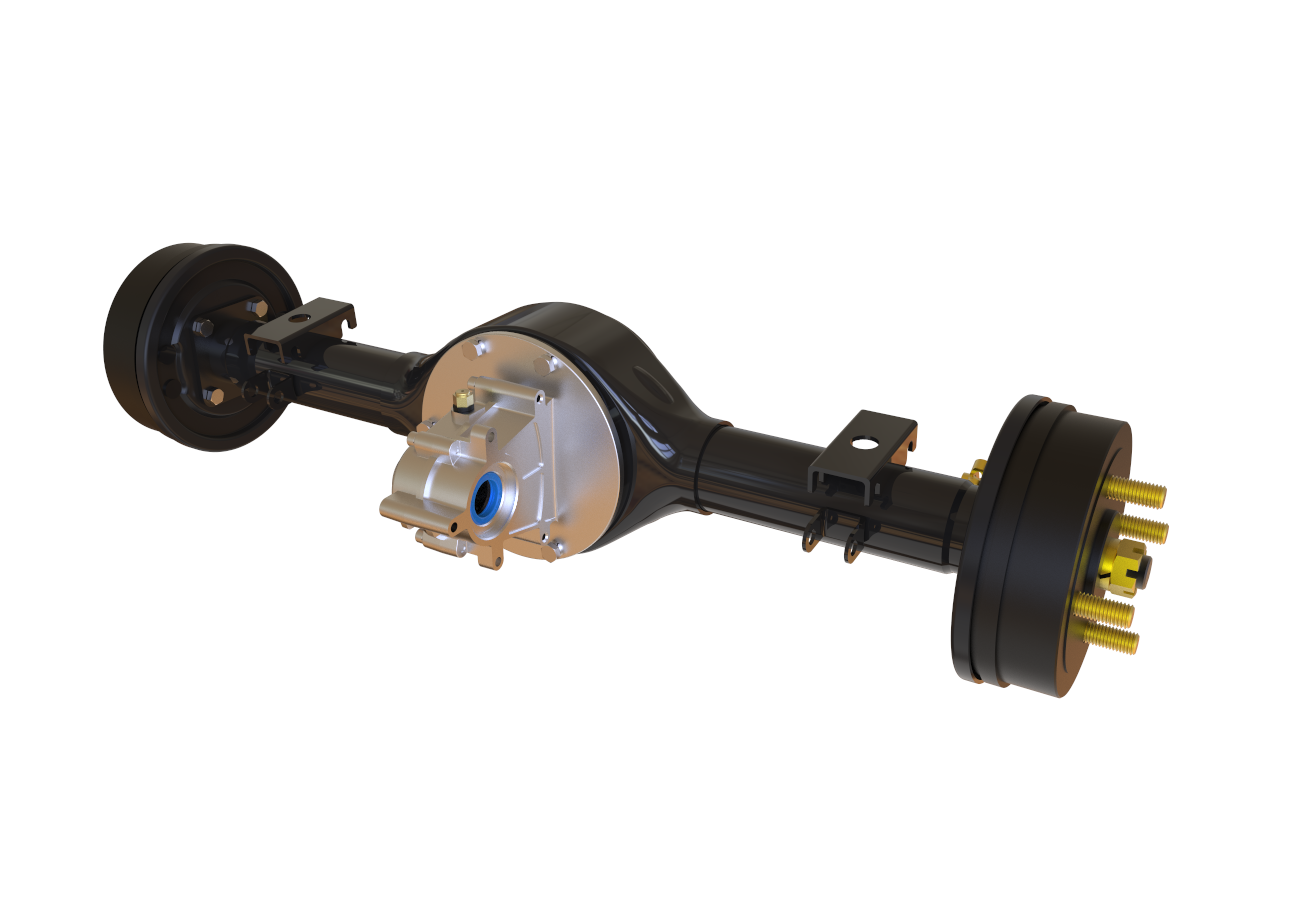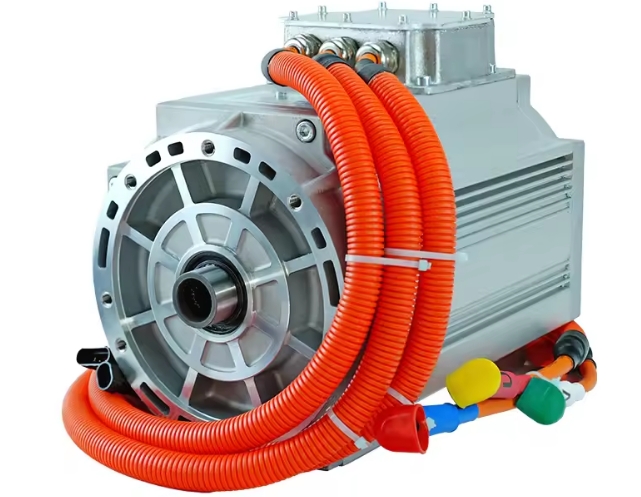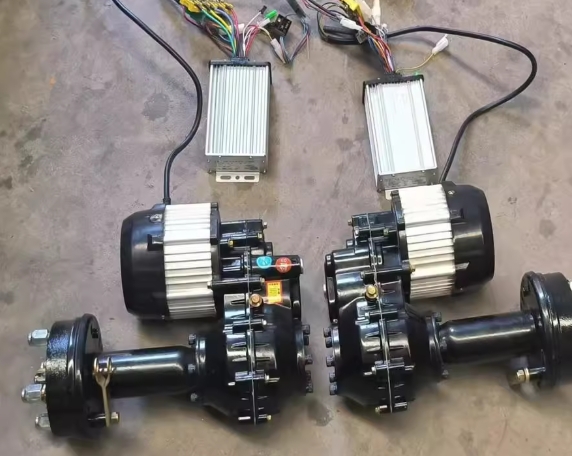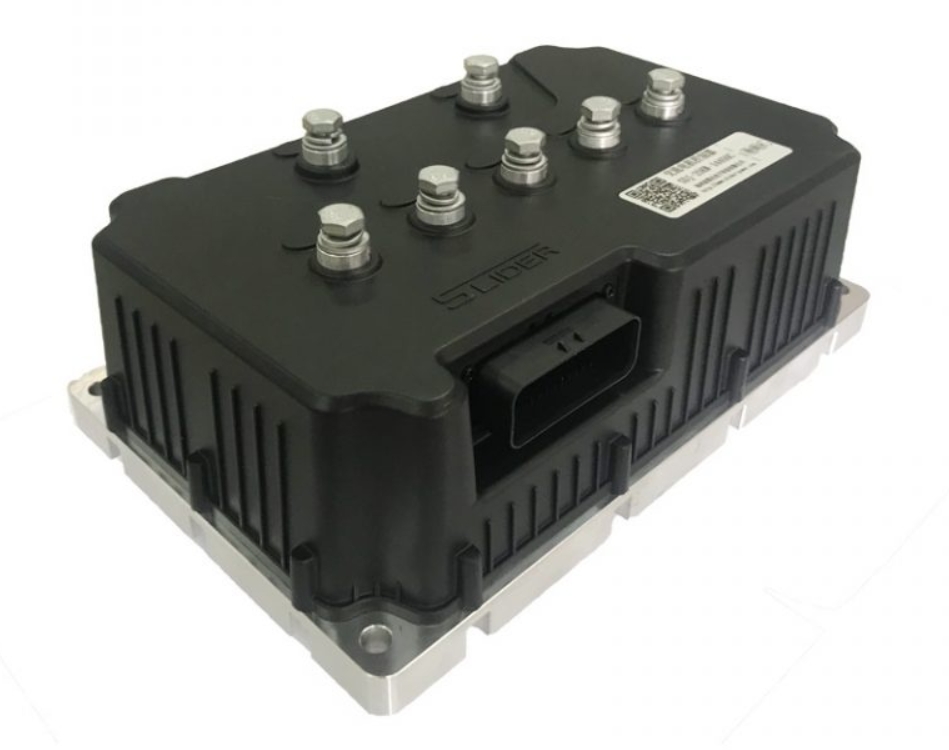![]()
Abstract: Remanufacturing is a series of engineering activities that remanufacture the original waste machinery and equipment into a series of engineering activities that have higher quality characteristics than the original new products, using professional restoration techniques or upgrading and transformation techniques. This paper analyzes the high-efficiency remanufacturing of electric motors and its application for reference.
Key words: motor; remanufacturing; application
introduction
Motors are the driving devices of various equipment such as fans, water pumps, machine tools, mining machinery, and hoisting machinery. They are widely used in industries such as mining, metallurgy, chemical industry, coal, building materials, and public facilities. They are the electrical machinery equipment that consumes the most electricity. According to authoritative statistics, in 2011, my country's motor holdings were about 1.7 billion kilowatts, and the total power consumption was about 3 trillion kWh, accounting for 64% of the total electricity consumption of the whole society. The overall level of energy efficiency of motors in my country is still low, and the average level of motor efficiency is 3-5 percentage points lower than that of foreign countries. Extensive use of low-efficiency motors causes huge waste of electricity. Facing the increasingly tense energy situation, it is imperative to improve the energy efficiency of motors in my country.
1 Introduction to specific methods of efficient remanufacturing of electric motors
1.1 Ordinary electric motors
(1) The original rotor core is retained, and only reasonable design transformations are implemented on its windings.
(2) Appropriately increase the original stator core, replace it with a new stator core, and transform the winding data.
1.2 Actual operation
(1) When the motor load is a quadratic load, such as water pumps and fans, because its operating conditions do not change frequently, and there are certain rules in the flow change, it can be used in the case of meeting the load pressure requirements. speed motor or multi-speed motor.
(2) If the load changes very frequently and often runs in no-load or light-load conditions, a rare-earth permanent magnet synchronous motor can be used, which has a high efficiency and power factor.
2 The influence of the combination of stator and rotor materials on the performance of remanufactured motors
2.1 Overview
The stator and rotor cores closely affect the overall performance of the motor. Amorphous alloys have excellent magnetic properties, corrosion resistance, wear resistance, high hardness, strength and toughness, high magnetic permeability and electromechanical coupling properties, etc. Some studies have found that the application of amorphous alloys to the motor stator core can reduce the stator iron loss and improve the efficiency of the motor, but the efficiency advantage decreases with the increase of the load rate. Amorphous alloy has a large magnetostriction coefficient and a low iron core stacking coefficient, which leads to increased electromagnetic vibration of the motor and deterioration of vibration and noise performance. It can be seen that the current research mainly applies amorphous alloy materials to the stator core, which will increase the vibration of the motor while reducing iron loss and improving efficiency. However, there are few discussions on the remanufacturing and specific combination methods of combining the stator and rotor cores of motors with silicon steel and amorphous alloys, and the impact on the performance of the motors needs further research.
2.2 Combination method of remanufacturing stator and rotor materials
According to the previous research results, the stator core of the motor is laminated with two kinds of materials. When cost and efficiency are considered comprehensively, the two materials of silicon steel and amorphous alloy are mixed according to the ratio of 1:1. Overlapping is ideal. In order to make full use of the silicon steel sheet of the original motor and improve its electromagnetic performance, on the basis of the previous research results, the influence of the combination of silicon steel and amorphous alloy on the performance of the remanufactured motor by the combination of silicon steel and amorphous alloy materials was further studied, and the rotor core was laminated with silicon steel Mix and laminate with amorphous laminations at a ratio of 1:1, set 5 sections, and set the silicon steel laminations on the outside, so that the stator and rotor cores of the remanufactured motors use the same material in the axial direction.
3 Three-dimensional temperature field analysis of hybrid stator core remanufactured motor
3.1 Motor model and parameters
Taking a certain type of automotive 8-pole 48-slot permanent magnet synchronous motor as the research object, it is remanufactured. The remanufacturing method is to dismantle the old motor reasonably, Cleaning, testing, repairing and other processes continue to retain remanufacturable casings, end covers, rotors, etc., and replace stator cores, bearings and other components. The replaced stator cores are produced through high-pressure dipping, cutting and molding processes. The formed amorphous alloy stator laminations are mixed and laminated with the original motor silicon steel sheets at axial intervals. After preliminary research, it is found that the proportion of amorphous alloy is closely related to the motor efficiency. When the proportion of amorphous alloy is from 0 to 50%, the improvement rate of motor efficiency increases continuously. When the proportion of amorphous alloy is higher than 50%, the improvement rate tends to be In terms of stability, considering the cost of remanufacturing, the proportion of amorphous alloy is 50%; and the number of mixed layers has little effect on the performance of the motor. Considering material processing and cost issues, it is more appropriate to choose 3 layers. At this time, the iron consumption of the remanufactured motor is only 48% of the original motor, the torque is reduced by 0.46%, and the motor efficiency is increased by 0.72% compared with the original motor.
3.2 Temperature field calculation results
Calculate the temperature field distribution of the original motor and the remanufactured motor under the rated operating state according to the model given above. Due to the symmetry of the motor structure, the overall temperature field of the motor is symmetrically distributed along the axial center, and the remanufactured motor and the The temperature change law of the original motor is basically the same, and the highest temperature point of the motor appears in the middle area of the permanent magnet; the highest temperature of the original motor is 348.65K, while the highest temperature of the mixed stator core remanufactured motor is 343.15K, and the highest temperature of the original motor The temperature is about 5K higher than that of the hybrid stator remanufactured motor, and the average temperature of each part of the hybrid stator core remanufactured motor has different degrees of reduction compared with the original motor. The reason for the temperature reduction of the remanufactured motor is that there is 50% amorphous alloy material in the mixed stator core. Due to the low iron loss characteristics of the amorphous alloy, the iron loss of the remanufactured motor is reduced by about 50% compared with the original motor. During the operation of the motor, most of the iron loss will be converted into heat and cause the motor to heat up. Therefore, the iron loss of the remanufactured motor is greatly reduced and the average temperature of the remanufactured motor is lower than that of the original motor. The winding and rotor temperature of the mixed stator core remanufactured motor and the original motor change in the axial direction different from that of other components. The winding temperature first decreases and then rises along the axial direction. The highest winding temperature of the two motors appears at the end. ;Because the end winding of the motor protrudes from both ends of the stator core and directly contacts the internal air, while the winding in the slot directly contacts the stator core. Since the end winding is in a closed space, the air circulation quality is poor, so the end winding is heat exchanged by convection The heat dissipated is less than the heat transferred by the winding in the slot through heat conduction, causing the temperature at the end of the winding to be higher than the middle part, but the difference is only about 0.9K; while the end of the rotor dissipates heat through convection, but the air gap between the stator and rotor The radial heat transfer of the rotor is hindered, so the temperature in the middle area of the rotor is significantly higher than that at both ends, and the temperature difference reaches about 10K.
4 Issues that need attention in the process of efficient motor remanufacturing
(1) In the process of remanufacturing old motors, many inherent dimensions cannot be changed, including the iron core and groove shape. For this, the preparation of the remanufacturing plan will be restricted and affected to a certain extent.(2) Different manufacturers often use different design margins and core materials, which requires pertinence in the actual remanufacturing process.(3) Due to the particularity and complexity of the old parts, it is necessary to carefully and earnestly strengthen the quality control of the manufacturing process.(4) In the remanufacturing process, many techniques with high technical standards need to be used. In this regard, the damage to the manufactured parts should be reduced as much as possible to avoid unnecessary economic losses.5 Design of motor remanufacturing scheme The loss of iron is converted into heat energy of iron, resulting in an increase in the total heat of the motor and a decrease in operating efficiency, so the loss of iron must be minimized during the manufacturing stage. As the key material for the energy conversion of electric motors, silicon wafer materials are usually compatible with good electromagnetic steel materials with low iron loss values, thus effectively reducing the loss of electric motors.
6Application example of high-efficiency remanufacturing of motorsAnalyze
a chemical plant as an example. The chemical plant plans to implement high-efficiency remanufacturing of existing water pump motors to achieve energy-saving transformation. The rated power of the water pump motors is 132kW. The core design of the motor remains unchanged, the original rotor is continued to be used, the stator material is replaced with cold-rolled silicon steel sheet, and the high-efficiency motor stator is punched, the winding of the motor is redesigned, and the energy-saving fan is replaced. After the above transformation is completed, install it on the original station. Before and after the transformation, the position of the valve in the pump piping system remains unchanged. After the transformation, the actual power consumption of the system is tested and analyzed. The result is: the rated power of the original motor The input active power is 132kW, the input active power is 143.5kW, the average current is 231.5A, and the power factor is 0.89. Reduce 15.3A, become 216.2A, power factor increase 0.01, become 0.90. According to the above analysis and test results, if the annual running time of the water pump motor is 3000h, then when the electricity price is 0.68 yuan/kW·h, the annual electricity bill of 20,600 yuan can be saved. The investment for efficient remanufacturing of the motor this time is It is about 20,000 yuan, so it may not take a year to recover the cost. After high-efficiency remanufacturing, the power-saving rate of the motor has been significantly improved, and the expected energy-saving goal has been achieved.
Energy saving and emission reduction is the focus of the government's work in recent years. Industrial energy saving is the top priority of energy saving and emission reduction work. Motor system energy saving is also an important part of industrial energy saving. With the advancement of the motor energy efficiency improvement plan, enterprises have eliminated the number of motors Gradually, after replacing the original motor stator core with a new silicon steel core with the same structure, the iron loss of the stator is significantly reduced. Therefore, it has great advantages in applying such high-quality silicon steel materials to the remanufacturing of motors in terms of energy saving. The high-efficiency motor remanufacturing industry will surely usher in a peak of development and make greater contributions to the development of the national circular economy and energy conservation and emission reduction.



























 XINDA
XINDA